Agronomy: High Yield Soybeans — A Cure for Low Market Prices?
While higher yield overall is one of the “causes” of low soybean market prices, for the individual farmers, increasing yields is an important “cure” to help improve profits. Many yield increases cost little or no money. These come from paying attention to details, taking little steps to be sure no yield opportunities are overlooked. So how do you prepare to not overlook yield opportunities? Plan ahead. Too often we get busy at planting time and have problems with adverse weather, equipment breakdowns, and other “interferences.” We get into reactive mode and don’t have much time to plan. If you [...]
Disease Management: FAQs on ILeVO
ILeVO® is another solution for controlling Sudden Death Syndrome. It joins rotation, variety tolerance, drainage and delayed planting as another management option and growers are asking what it is and how it works. What is ILeVO? ILeVO seed treatment is a soybean seed-applied fungicide that provides protection from Sudden Death Syndrome (SDS), as well as providing additional control of Soybean Cyst nematode (SCN) in the root zone. Is ILeVO applied alone? ILeVO is a supplemental fungicide applied to control SDS and provide additional control of SCN. It joins a suite of other important seed treatments including fungicides, insecticides and [...]
Agronomy: Soybean Inoculants: How to get the most bang for your buck
Today’s soybean inoculants are not the same as years past. The advancement and introduction of new products, low relative prices and changes to soybean production have led to additional research on the use of inoculants in our corn-soybean rotation. If purchasing a soybean inoculant (B. japonicum) or “rhizobia”, where might you get the most bang for your buck? 10. In the past, some research has shown that “long-term” drought, extending beyond 8 weeks, may warrant inoculant use. But, a recent study showed that soybeans won’t require an inoculant in a year following a drought. 9. If fields have been [...]
Weed Management: Have you been tracking weed pressure in your fields over the last few years?
Are you seeing any weeds becoming more problematic in your fields? It is my hope that weed management in your fields is improving and that weed pressure is decreasing. If you are in that position, I encourage you to continue to be aggressive – but consider how you can adjust your herbicide program so it is different from what you did last time you grew soybeans to minimize risk of selecting for herbicide-resistant populations. If you are in a position where you are seeing shifts in species or increases in population, do you have a robust weed management plan [...]
Agronomy: Soybeans: A Season Long Commitment
Most farmers I know work like dogs from the first dry day in March through the time corn is “laid by,” usually around the 4th of July. After that, the corn has pollinated most years and it is time to mow roadsides, county fair time and time for family vacations. But with soybeans, the time to really emphasize management has just begun. One of the most frequent questions I get from growers is “Why can’t I grow better beans than I did 10 years ago?” That is a good question; genetics are much better, and we understand the need [...]
Disease Management: Foliar Fungicide May Have Provided Yield Increase to Soybeans
We have conducted numerous studies over the last 10 years on soybean seeding rates. In almost all instances, we rarely observed a response to rates above 150,000 seeds/acre. In 2015, we examined the response of soybean under high input management (~200,000 seeds/acre with a fungicide/insecticide seed treatment as well as a foliar fungicide, Priaxor, applied at 4 fluid oz. /acre on 7/31 at the R3 stage) compared with recommended input management (150,000 seeds/acre with a fungicide/insecticide seed treatment). This was part of a larger study comparing the response of all the crops in the corn-soybean-wheat/red clover rotation under conventional and [...]
Agronomy: Wondering about Profitability? Let’s Run the Numbers
We all know that this year is going to be a year of managing risk and production costs. We always face a risk when farming, as we rely on our weather to bless us with a crop to harvest. However, this year we are also carrying a heavy burden of financial risk as well. With +/-$9 soybeans and what seems like higher input costs, every decision we make in our operations is a risk. With risk there is also reward and we need to figure out what our risk management plan is before our first seed hits the soil. I [...]
Agronomy: Soil Conditions for Planting
Been quite this spring in Illinois. Spring came early in March, but then disappeared for a few weeks when it turned cold, snowy and wet. Well, spring is back now and appears ready to stay, so it’s time to plant. CCA Soy Envoy and Monsanto Agronomist Lance Tarochione blogged earlier on planting date and when to plant soybeans. Two things we know are that soybeans are being planted earlier and growers are equipping themselves to plant soybeans when they are planting corn. I think that is a good decision and growers are capturing more bushels by doing so. Soil temperature [...]
Agronomy: Webinar: IFCA Video – Phosphorus Runoff Study
The Illinois Fertilizer & Chemical Association's Annual Convention took place from January 19-21 in Peoria. The IL CCA and NREC session featured the presentation Phosphorus Runoff from Surface and Subsurface Fertilizer Applications in No-Till and Strip-Till Fields with Minimal Slope Gradient in Illinois from Kristin Greer. We captured the presentation and the recording is available below. 1 CEU in Soil and Water Management is available for this webinar. Visit the Certified Crop Adviser website to self-report your credit after viewing the webinar recording.
Agronomy: WEBINAR: Soybean Profitability Under Low Commodity Prices
In the current low-price environment, it is becoming increasingly important for farmers to take steps to ensure they are profitable this growing season and in the years ahead. Gary Schnitkey, Ph.D., professor and farm management specialist at the University of Illinois, discusses where growers need to cut costs in their operations and describes the differences between more and less profitable farms. Key Takeaways: During the past few years soybeans have been more profitable than corn for a few reasons: Costs went up more for corn than for soybeans Prices came down, and lower relative prices favor soybeans more than [...]

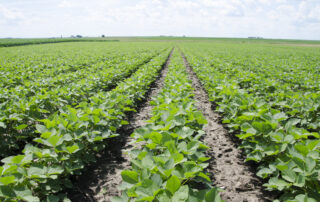
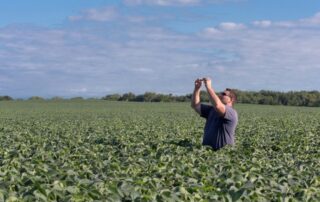
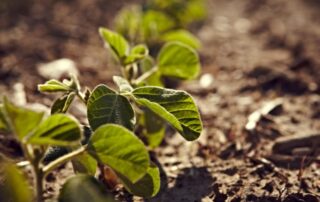
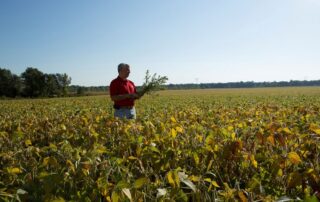
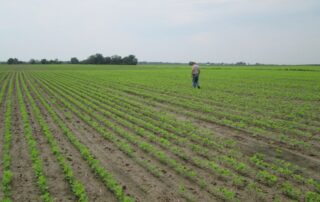
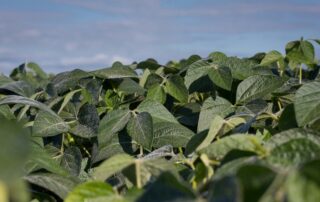
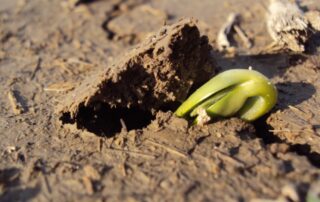
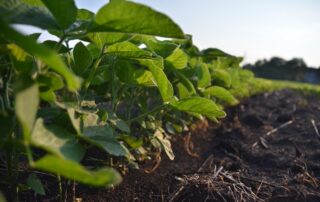
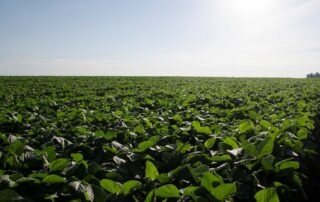
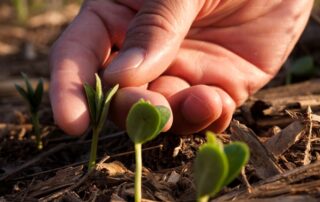



 and then
and then